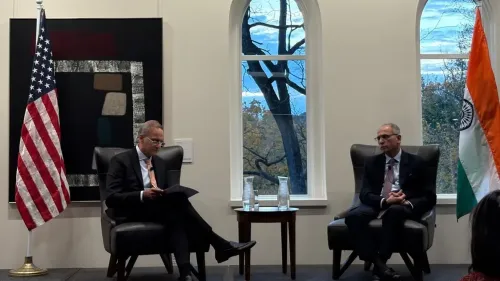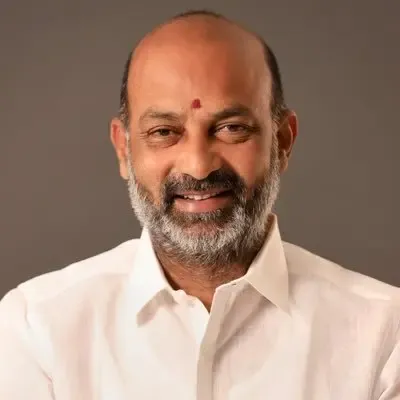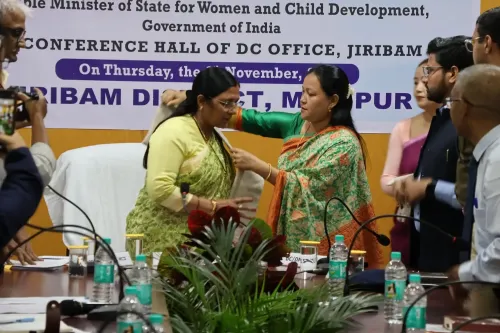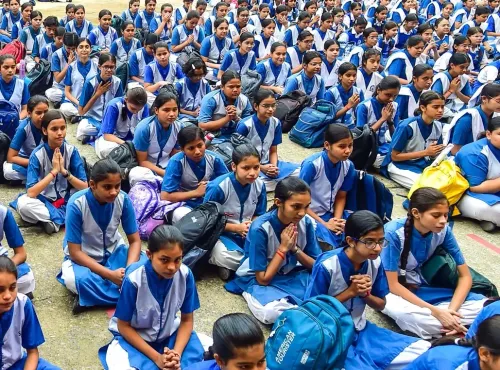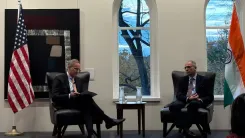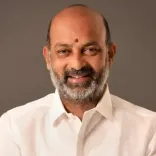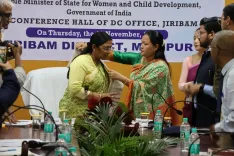Did Bihar Achieve Its Highest-Ever Voter Turnout in Phase-1?
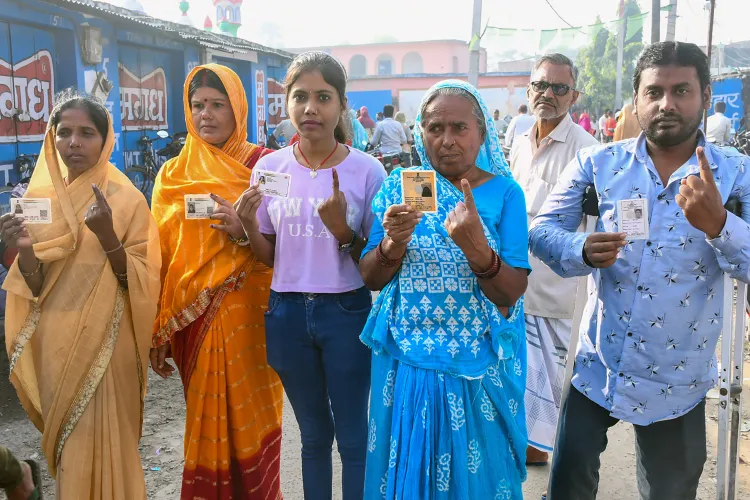
Synopsis
Key Takeaways
- Record voter turnout of 64.66%.
- 121 Assembly constituencies participated.
- Deployment of 500 companies of Central Armed Police Forces.
- Introduction of voter-friendly initiatives.
- International Election Visitors’ Program hosted.
Patna, Nov 6 (NationPress) The initial stage of the Bihar Assembly elections wrapped up smoothly on Thursday, showcasing a remarkable voter turnout of 64.66 percent, marking the highest in the state’s electoral history, according to Chief Electoral Officer (CEO) Vinod Singh Gunjiyal.
A total of 121 Assembly constituencies across 18 districts participated in the polls, with 3,75,13,302 electors, including 1,98,35,325 males, 1,76,77,219 females, and 758 third-gender voters.
Polling was facilitated at 45,341 stations, comprising 36,733 in rural areas and 8,608 in urban regions.
Additional Director General (Law and Order) and State Police Nodal Officer Kundan Krishnan noted that the voting process was primarily incident-free, with only two minor occurrences.
In one instance, residents in the Halsi block of Lakhisarai district reportedly threw mud at the convoy of Deputy Chief Minister Vijay Kumar Sinha, also a BJP candidate.
Another incident involved unidentified individuals breaking a CPI(M) MLA’s vehicle window in Daudnagar village, Saran district. Both events were reported by local media.
Krishnan stated that since the implementation of the Model Code of Conduct, authorities have confiscated 850 firearms and over 4,000 cartridges.
The presence of 500 companies of Central Armed Police Forces, in conjunction with Bihar Police, and increased night patrols greatly contributed to the peaceful environment.
More than four lakh polling personnel reported to their stations by 11:20 PM on Wednesday night.
Mock polling was completed by 7 AM on Thursday, with 67,902 polling agents representing 1,314 candidates (including 1,192 males and 122 females45,341 booths.
Over 90,000 Jeevika Didis, along with CAPF personnel, were positioned across polling sites to assist in identifying burqa-clad women voters.
Presiding Officers updated voter turnout figures at the end of polling before departing the booths, as per the Election Commission of India’s recent directives, which officials noted helped to minimize delays in uploading approximate turnout trends.
By 8:15 PM, 1,070 Presiding Officers had yet to submit data on ECINet.
Officials highlighted several voter-friendly initiatives introduced in this phase.
Innovations included colored photographs of candidates on EVM ballot papers, mobile-deposit counters at polling stations, redesigned voter information slips for improved readability, and limiting electors to about 1,200 per booth to reduce crowding.
All polling stations were equipped with wheelchairs, with volunteers assigned to assist persons with disabilities.
E-rickshaws were utilized to transport PwD electors to the booths.
Chief Election Commissioner (CEC) Gyanesh Kumar, alongside Election Commissioners Sukhbir Singh Sandhu and Vivek Joshi, monitored the polling process through live webcasting, which was enabled in 100 percent of booths for the first time in Bihar.
The CEC also engaged directly with Presiding Officers and district election officers from the ECI control room.
In another first, Bihar welcomed an International Election Visitors’ Program.
Sixteen delegates from South Africa, Indonesia, Thailand, the Philippines, Belgium, and Colombia observed the proceedings and praised the arrangements as transparent, efficient, and highly participative.

